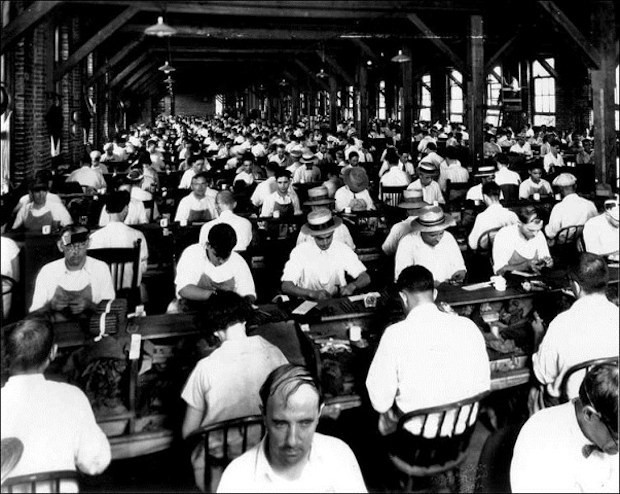COVID-19 and the Rise of the Engaging Workplace: Part Two
This is the second of three entries where I’ll share Creating Margin’s experience with the COVID-19 pandemic, the worldwide shift to Work from Home, and how these dynamics may forever change our expectations of the workplace.
In the previous entry, I shared my experience moving our team to Work from Home. I wrote about how this trend is happening worldwide in a way we couldn’t have imagined just months ago. I introduced Creating Margin as a workplace technology provider and embedded partner for our valued customers.
The Trend. Now Speed It Up!
Working from Home has been growing more common for many years. A 1998 Harvard Business Review article speculated that 30 million to 40 million people in the US were telecommuting or working from home. In 2016, Gallup estimated that 43% of Employees work remotely (outside of the office) at least sometimes and that the trend was growing. According to Global Workplace Analytics, 56% of today’s US workforce could in theory work remote, even though only 3.6% WFH half-time or more. Where are we headed? GWA suggests that 25-30% of the workforce may WFH one or more days a week within the next two years. So COVID-19 isn’t creating a new shift to WFH, merely amplifying a shift that is already happening.
How Workplaces became “The Office”
It’s worth considering what we’re losing as we (temporarily?) migrate homeward. The modern office has a rich history according to K2 Space and Lucy Kellaway of the BBC.
Cubicles to the Open Office
As the personal computer gradually transformed how we do business, we took a step back in our humanity. Few workplace designs have been more criticized than cubicles. Often parodied in movies such as Office Space, “cubicle farms” have thankfully gone out of vogue. Younger staff with a repulsion for cubicles have preferred workplaces setup with no partitions. Arranging the same number of desks without partitions came to be called the “open office”. Amazingly, open offices have been tried since the 1800’s, and have always been reviled!

Activity Based Workspaces
The advent of laptops and mobile phones helped usher in the most recent office design concept we have of Activity Based Working. Activity based design emphasizes flexible desks, break out rooms, and phone booth rooms, which offer privacy during calls (if limited leg room). A special emphasis seems to be on outlets within reach, whiteboards, and televisions for sharing our mobile device screens. The comforts that were lost during in the open office are slowly returning to our workplaces. Research shows that Activity Based Working may improve employee eating behaviors, productivity and satisfaction.
What Defines An Activity Based Workspace?
Small Group “break out rooms”
Meeting “phone booths”
Blended Teams Seating
Global Reach of Technologies
Creating Margin’s work to implement digital signage and workplace technologies has enhanced many customers’ Activity Based Workspaces. For instance, booking an impromptu meeting is easier than ever for our customers. Mobile phones can be connected to Bluetooth speakers, or streamed to a TV. Hot desking allows for staff to easily find a workspace from multiple floors, or even a different building.
Now the Rise of the Engaging Workplace
Activity based workplace design has been successful, but as COVID-19 recedes and we return to our workplaces, we’ll see the rise of the engaging workplace. What does an engaging workplace look like? That will be the subject of my next entry.
This was the second of three entries where I’ll share Creating Margin’s experience with the COVID-19 pandemic, the worldwide shift to Work from Home, and how these dynamics may forever change our expectations of the workplace.
In the third and final entry, I will explore how we may realize how valuable an office environment can be now that we “don’t have it”, and explore five defining features of an Engaging Workplace. I will provide more information about how Creating Margin offers solutions to help you develop an Engaging Workplace.






